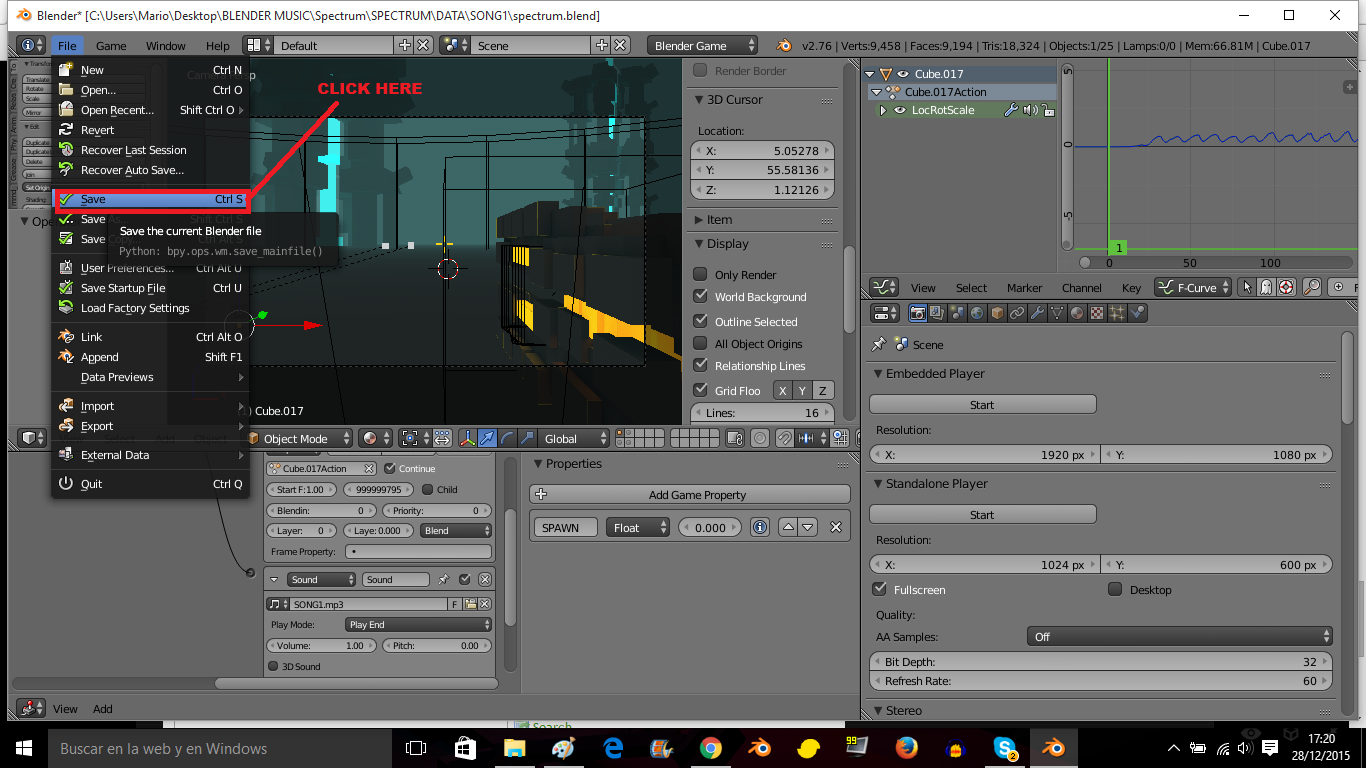


A larger (longer) window will provide a more precise frequency representation, at the expense of precision in timing representation. A smaller (shorter) window will produce more accurate results in timing, at the expense of precision of frequency representation. The size and shape of the analysis window can be varied. In fact, there is some phase information in the spectrogram, but it appears in another form, as time delay (or group delay) which is the dual of the instantaneous frequency. The Pattern Playback was an early speech synthesizer, designed at Haskins Laboratories in the late 1940s, that converted pictures of the acoustic patterns of speech (spectrograms) back into sound. The Analysis & Resynthesis Sound Spectrograph is an example of a computer program that attempts to do this. For this reason, it is not possible to reverse the process and generate a copy of the original signal from a spectrogram, though in situations where the exact initial phase is unimportant it may be possible to generate a useful approximation of the original signal. Limitations and resynthesis įrom the formula above, it appears that a spectrogram contains no information about the exact, or even approximate, phase of the signal that it represents. This process essentially corresponds to computing the squared magnitude of the short-time Fourier transform (STFT) of the signal s ( t ). These spectrums or time plots are then "laid side by side" to form the image or a three-dimensional surface, or slightly overlapped in various ways, i.e. Each chunk then corresponds to a vertical line in the image a measurement of magnitude versus frequency for a specific moment in time (the midpoint of the chunk). Digitally sampled data, in the time domain, is broken up into chunks, which usually overlap, and Fourier transformed to calculate the magnitude of the frequency spectrum for each chunk. Ĭreating a spectrogram using the FFT is a digital process. The bandpass filters method usually uses analog processing to divide the input signal into frequency bands the magnitude of each filter's output controls a transducer that records the spectrogram as an image on paper. These two methods actually form two different time–frequency representations, but are equivalent under some conditions.
#Music spectrograph windows series
Spectrograms may be created from a time-domain signal in one of two ways: approximated as a filterbank that results from a series of band-pass filters (this was the only way before the advent of modern digital signal processing), or calculated from the time signal using the Fourier transform. Spectrograms of light may be created directly using an optical spectrometer over time. Sound spectrography of infrasound recording 30301 Generation

Audio would usually be represented with a logarithmic amplitude axis (probably in decibels, or dB), and frequency would be linear to emphasize harmonic relationships, or logarithmic to emphasize musical, tonal relationships. The frequency and amplitude axes can be either linear or logarithmic, depending on what the graph is being used for. There are many variations of format: sometimes the vertical and horizontal axes are switched, so time runs up and down sometimes as a waterfall plot where the amplitude is represented by height of a 3D surface instead of color or intensity. A common format is a graph with two geometric dimensions: one axis represents time, and the other axis represents frequency a third dimension indicating the amplitude of a particular frequency at a particular time is represented by the intensity or color of each point in the image.


 0 kommentar(er)
0 kommentar(er)
